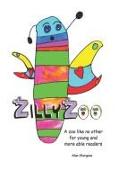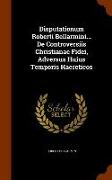ZillyZoo: A zoo like no other for young and more able readers
BücherAngebote / Angebote:
Zillyzoo is definitely not your usual book of animal poems for children.The 'zoo' is divided into 3 'zones'.Each 'zone' begins with the image of a door on which is written an introduction to what lies beyond.Poems in Zone 3 offer different levels of complexity and challenge, and has been written for more able young readers to think about and explore.In the first zone, poems are mostly light-hearted and humorous, but even here there are those that ask the reader to think about what they've read. Not everything is always obvious. The very first poem (A day at the zoo #1) is obviously just about a visit to the zoo. That's all there is to it . . . or is it? This poem introduces the first of several mini-themes that pop up here and there throughout the whole book ... but I leave readers to make their own sense of them.The second zone continues these same themes, but now there is more to think about. What secrets or secret lives do a lot of the animals have? Even poems like 'A very modern cow' might seem to be too simple to even think about. Maybe it is just a little rhyme about a sad cow? Or maybe the little animal is hoping the reader will wonder why its parents and grandparents had names, but it only has a number.That is is the essence of ZillyZoo. Hidden amongst a lot of narrative or humorous verse, there are all sorts of ideas that will hopefully trigger readers' curiosity and imagination.Zone 3 takes this theme much further. As it says on the door at the start of the final set of poems, "There are shadows here." These are poems for more able readers who hopefully want more than just a light-hearted poem or a few minutes' amusement. These poems are written to stimulate responses, imagination, maybe discussion, and thought ... but they never go so far as to require personal interpretation to become full-on analysis.I've never felt happy assigning reading levels or abilities to specific ages as some sort of 'target' or as a threshold for levels of understanding. What is challenging for a child, of say, 8, can be easily understood by another of the same or a younger age. My bracketing of 'ages 6-13' is therefore only a very simple guide.
Folgt in ca. 15 Arbeitstagen




